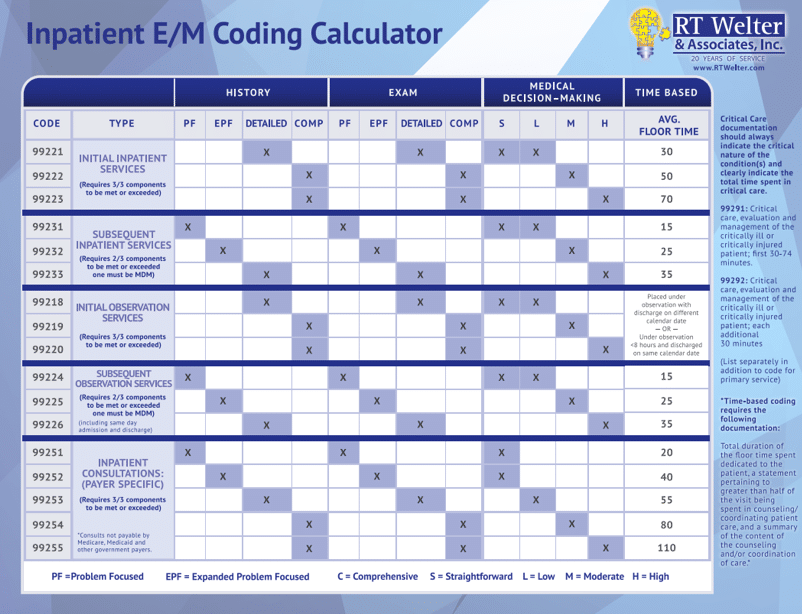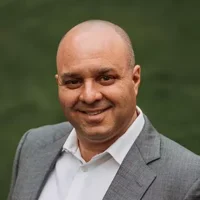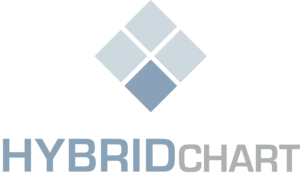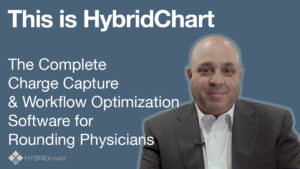Superbills are itemized forms that contain a list of CPT codes that apply to your practice. They often also include diagnoses, start and stop times, modifiers, and a space for information about referring providers. It’s an ideal tool for providers to capture charges without having to memorize CPT and ICD-10 codes. Seems pretty straightforward, but there are some creative tweaks you can use to make it even more user friendly.
Make and E&M Cheatsheet
Even if you’ve sat through several painful PowerPoint presentations on the subject, it can still be tricky to remember the exact elements required to bill an E&M code. When this happens, many providers instinctively downcode. In fact, according to Medical Economics, “When the American Academy of Professional Coders (AAPC) conducted a review of 60,000 physician billing audits in 2012, they found that more than a third of the records were either under coded or under documented. That represented an average of $64,000 in foregone or at-risk revenue per physician.”
Not only is this a potential revenue loss, it technically misrepresents the care that was given to the patient, and that’s a problem. You can review the Medicare Fraud & Abuse booklet for more details, but we can all agree that getting it right the first time is the optimal solution.
How can a tweak with the superbill help with this? Simple: create a little cheat sheet that spells out what’s required for each level as a reminder. On paper, this could be a spot on the back. In a digital tool, customize the CPT descriptions to include the necessary information. RT Welter has some excellent, up-to-date coding resources for both inpatient and outpatient codes. You can access a downloadable version of this graphic here.

Use a Diagnosis Favorites List
Diagnosis specificity is a big deal. It makes a difference both in reimbursement and in CMS quality metrics. If a provider doesn’t demonstrate that patients are really as sick as they are, this can result in claim denials and negative quality scores.
Avoid the hassle up front by coordinating the billing team and providers to come up with a list of appropriately specific diagnoses to choose from, and then categorize that list in a way that works for the provider workflow. Maybe that means that the list is organized by category, that providers each get their own list, or a combination of both.
Bundle Items Together
If you’re using a digital charge capture solution, consider bundling some charges together. If you’re not, you should consider it. The blog Five Reasons Digital Charge Capture Is Worth It outlines some of the advantages.
What does it mean to bundle charges? The first option is to bundle CPT codes that always get charges together in one selection. Beyond that, if a certain modifier always applies to that CPT code, bake it right into the charge so it’s gathered right the first time without any extra clicking.
Customize & Reorganize
When was the last time your practice updated its superbill? It’s useful to take a critical eye to your superbill every so often to ensure that it meets everyone’s needs. Here are a few simple tweaks to consider:
- Reorganize and put the most commonly used categories and codes at the top of the page or menu, ultimately saving time in searching and scrolling.
- Consider how you categorize the codes – does it make sense to group them as procedures, visits, etc., or would it be more useful to categorize by place of service?
- Give providers the option of a custom, personal CPT code list.
- Ensure that the code descriptions used are clear to everyone, so no one is picking the wrong thing by accident.
Looking for a digital charge capture tool that will adjust to the needs of your practice’s workflow, and not the other way around? Consider HybridChart – built by a doctor for doctors, we understand the real-world problems faced by rounding physicians. Our implementation team will work with you to configure your site exactly the way you want it.







